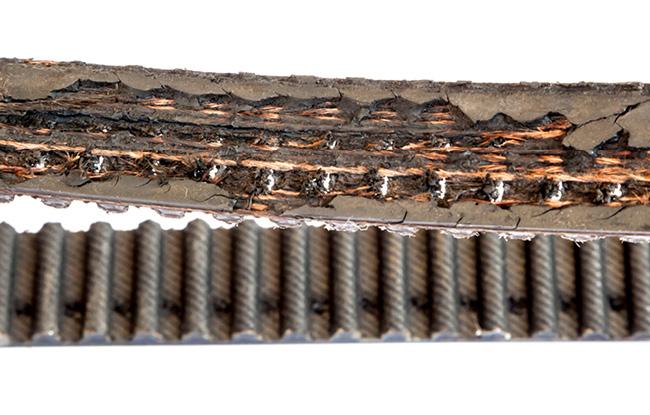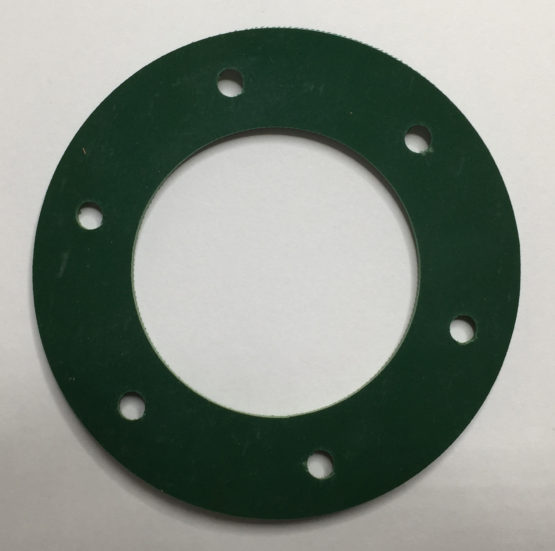Timing belts – what happens when they break?
Your Donkervoort timing belt is a seemingly innocuous part thanks to its low value and apparently simple job within the engine. After all, all it has to do is go around and around. So why then, does it cost a small fortune when one breaks?
What does a timing belt do?
The job of a timing belt is to, frankly, the keep the engine timed. Within the walls of your engine you’ll find a delicate and perfectly choreographed ballet of metal and oil. Con rods rise and fall, cranks spin, valves open and shut, pumps keep everything oiled and all of this, every bit of it, is overseen by the motion of a 25,00 Euro’s bit of rubber. Or in some cases, a chain. But as chains seldom, they have no place here.
The timing belt makes sure valves open when the cam or cams are at the right point in relation the position of the crank and consequently the pistons, which when timed to perfection can happily house spark, ignition and combustion, which translates to us a forward motion.
What happens when a timing belt fails?
Given its long list of responsibilities, there are no prizes for guess that timing belt failure is pretty catastrophic.
Sadly though, most modern Donkervoort power plants are engineered so finely, and to such small tolerances that without a belt, things go very wrong, very fast. The valves will crash into the pistons, which will be moving, so they’ll crush and bend the valves if the valves don’t punch through the piston cap.
This ins turn can result in metal being broken off, which will damage the cylinder walls and also the combustion cap within the cylinder head.
If you’re really unlucky, small fragments of metal could be pulled through to the exhaust, and if you’ve got a turbo model, it could chew up said metal and grade the blower, too. Basically, if a timing belt snaps, it’s bad, bad news.
Can a timing belt be fixed?
Of course. Anything can be fixed, and a snapped timing belt is no different. Mainly because a belt is not expensive. It’s everything else that will hurt your wallet. You’ll have to have the engine dismantled, inspected, any part replaced, engine rebuilt then you’ll be good to go. Though all that is going to be upwards of four figures.
How do I stop it happening?
Regular maintenance carried out to the Donkervoort specifications.
Remember, the interval is X years AND X kilometres, not X years OR X kilometres.
So, if your Donk has only done 10k, but it’s four five old, you need to change the belt. They get old and brittle, which is what causes them to snap. The auxiliary dry sump drive belt needs to be changed bi-annually.
Check your timing belt, have a close look at it and look for cracks, wear or fraying of the fibres that form its construction. And take no chances, don’t put it off.






